Visit Eskisehir (Eskişehir to be exact)
As soon as I saw a photo of the Odunpazari Modern Museum, I knew I wanted to see it in person. The building was conjured up by Japanese architecture firm Kengo Kuma and Associates, known for designs featuring natural materials such as timber, stone and paper. They aim to amalgamate nature and architecture to create a strong bond between a building and its location, exactly as they have done in Eskişehir. More of that later – first the nuts and bolts.
Sitting 792 metres above sea level, Eskişehir is located on the banks of the Porsuk River that snakes through the town centre. During the Byzantine era the city was called Dorylaeum until the Seljuks took over in 1074. Over the following centuries Eskişehir saw off many invaders, the last being the British forces who occupied it during the Turkish War of Independence. The city was liberated on 20 March 1920 and today it’s known as a university town. The main institutions are Eskişehir Osmangazi University, Eskişehir Technical University and Anadolu University, with one of the largest student enrolments in the world.
Getting there
If you follow my blog you’ll know I have a preference for public transport so we caught the fast train to Eskişehir . We got on at Soğutluçeşme on the Asian side of Istanbul and the trip took around three hours. Travellers over 65 get a discount and everyone had to show a HES code and proof of vaccination (or PCR test or proof you’d recovered from Covid in the last six months) in order to board the train. We took a daytime train so we disembarked at Eskişehir Garı, the city’s main station. It’s at the north end of Mustafa Kemal Atatürk Caddesi, about a twenty minute walk from the town centre and our hotel.
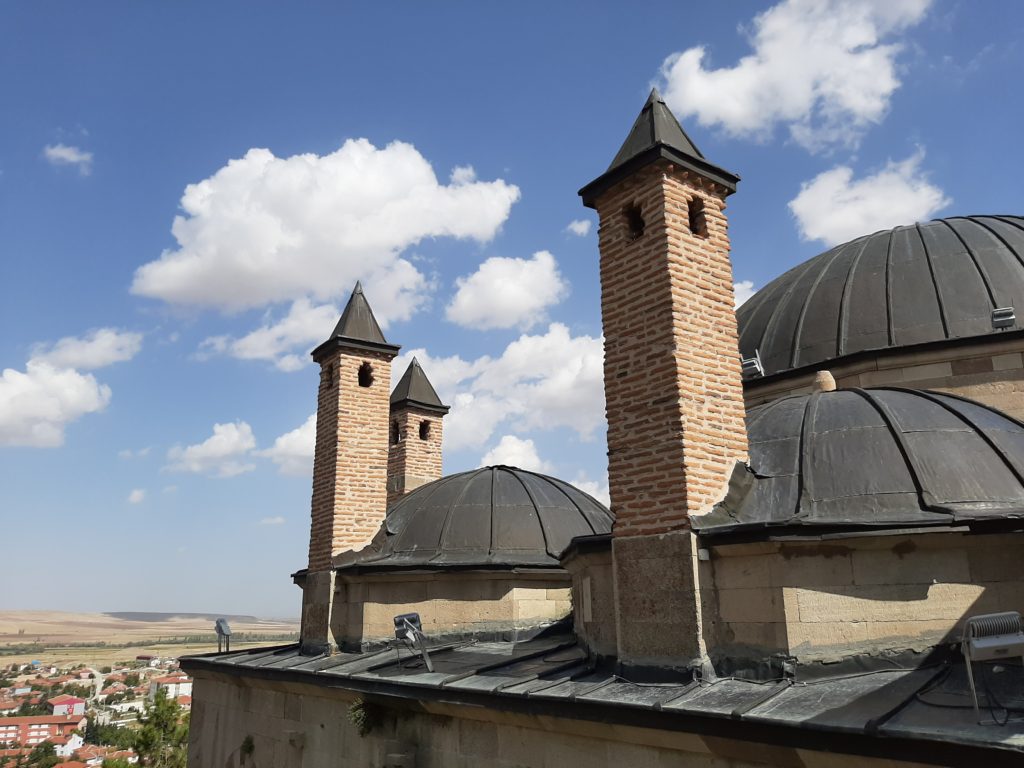
We arrived late in the afternoon so after checking into a small room overlooking the river, we went out for a brief wander and a simple dinner. Breakfast the next morning was a self-service bufe and as soon as we finished we set off for Seyyid Battal Gazi Külliyesi and Türbesi. It wasn’t the short distance I’d expected it to be from Eskişehir you can read all about it here) but we went there on a Monday when the OMM and other museums in the city were closed. Consequently we didn’t miss out on seeing anything and had a really enjoyable day besides.
Things to see and do
The next day we went straight to the Odunpazari Modern Museum. It takes its name from the neighbourhood Odunpazari, meaning wood bazaar and I could see how the architect had reinterpreted the historic fabric of the Odunpazarı district from a contemporary perspective, fusing Ottoman and Japanese architectural styles. The building showcases the mechanics of the design, with enormous timber beams stacked at angles to one another, throwing unexpected combinations of light and shadow across the courtyard. Inside, the majestic woven bamboo installation by Tanabe Chikuunsai IV is mesmerising. The museum puts on several new exhibitions throughout the year so check their website before you go to find out what’s on.
The nearby streets are lined with colourful old wooden houses. Private residences sit side-by-side with cafes, galleries, restaurants and souvenir shops. I’d deliberately planned our visit for a weekday as the narrow streets get very crowded with Turkish sightseers on weekends. Nonetheless, whenever you’re there, remember to look up. The houses here feature cumba, bay windows off first floor rooms that jut out over the street. In the past these allowed the women of the house to see without being seen. Suitably hidden, they could watch for passing vendors and spy on the neighbours (a past time that is still common in Turkish neighbourhoods today). Also note the size of the gates and doors. Small doors meant the home owners had a low income while double doors wide enough for a horse and cart to pass through indicated wealth.
Aside from the museum, the Odunpazar neighbourhood is home to the Kurşunlu Külliyesi (the Kurşunlu Religious Complex). It consists of a mosque and a number of other buildings including a kitchen and caravanserai. All the structures bar the latter were built between 1517 and 1525 by Çoban Mustafa Paşa, one of viziers of the Ottoman Empire. The architect was believed to be Acem Ali. Also known as Acem Alisi or Esir Ali (although his real name was Alaeddin Ali Bey), Acem Ali was the first chief architect to design buildings in the classical Ottoman style.
Kurşunlu Külliyesi is unique as it is a Mevlevi complex. The Mevlevi order is a religious tradition based on the teachings of Rumi, also known as Mevlana. He was a celebrated poet and divine Sufi mystic. In a Mevlevi complex the kitchen is the most important area. Those wanting to join the order would be put to work there for three days. If they performed well they’d be accepted and enter a training period lasting 1001 days.
Nowadays the complex contains shops selling ebru (marbling on fabric) and other handicrafts. Even if you’re not a big fan of souvenirs like me, allow time to look at the displays in the Meerschaum Museum (Eskişehir Lületaşı Müzesi). It’s open 9am to 5pm except Monday and entry is free. White Meerschaum or beyaz lületaşı is a soft stone only found in a mine in the Eskişehir province of Turkey and nowhere else in the world. It’s easy to carve, and has long been used to create elaborately decorated pipes. Another name for it was Kalsedon stone, after Chalcedon port (modern day Kadıköy), where it was taken to be sold and transported all over the world. Interestingly, when poison gets on meerschaum it’s said to change colour so it’s believed emperors would cover their plates with small pieces of Kalsedon, just in case. That led to it being called ‘the stone of the Emperors’. More recently it was also called Vienna stone because until the 1960s, most meerschaum products were made in Austria.
According to legend, a mole was responsible for finding the underground road that led to the discovery of meerschaum. Apparently, one day a young man was walking from Karatepe to another village in the Eskişehir province. The journey was long and tiring so he took a break. As he sat cross-legged on the ground eating a snack he suddenly saw a mole come out of a hole in front of him, rolling a white stone. The young man watched as the mole started playing with the round stone but when the man made a movement with his hand the mole was spooked. It ducked back underground, leaving the stone behind. After rolling the stone around in his hands for a while the young man took out his knife and started to carve into the milky-white material.
Out of nowhere a voice cried, “Oh, if human beings did not kill me!’ Startled, the young man dropped the stone. On contact with the earth the stone changed into a beautiful young girl who immediately transformed into a round stone once more, and rolled back into the hole. The young man started to dig into the earth and was soon lost to sight. When he didn’t arrive home his family came looking for him. Eventually they found him, drowned in a body of water seven stories underground. Clutched tightly between his wrinkled and torn fingers were a few pieces of meerschaum.
It’s a wonderful story but I suspect that’s all it is. I was also told a used pipe gives tobacco a better taste and if you bring an old one in with you they’ll give you three or four in exchange. Not being a pipe smoker I can’t vouch for the truth of this, so let me know if you find out.
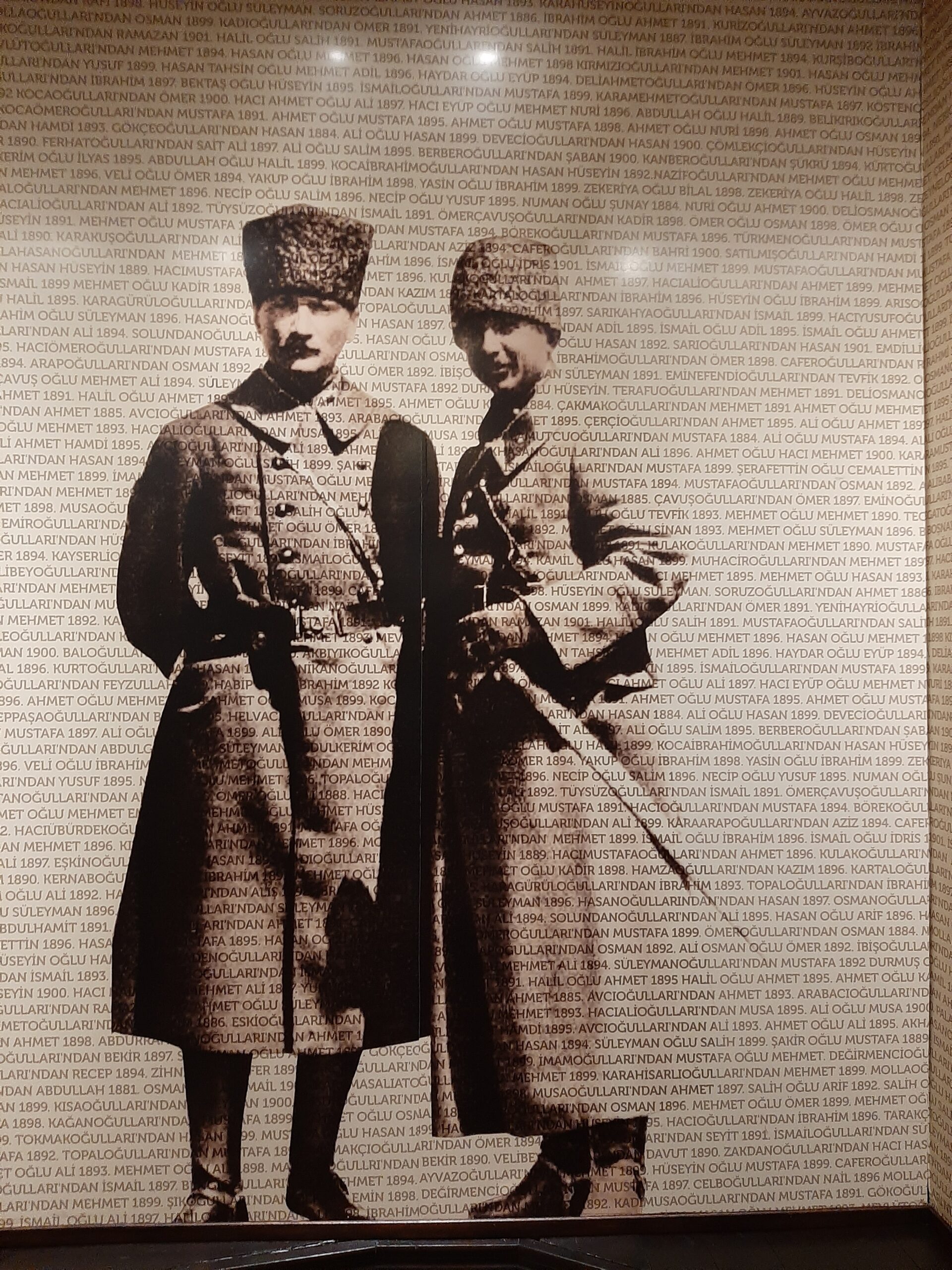
Other places of interest in the old town centre include the Museum of Wood Working (Ahşap Eserler Müzesi) the Cagdas Cam Sanatlari Muzesi (Eskisehir Museum of Contemporary Glass Arts), and the Atlıhan Merkezi. This two story complex houses local artisans’ shops selling meerschaum pipes, glass works, souvenirs and other items. After the OMM, I liked the Museum of the Republican History (Kurtuluş Müzesi) best. I have an enduring fascination with museums dedicated to Ataturk so of course, we had to visit this one.
On our last day in Eskişehir we walked to and through parts of Kent Park. It covers an area of approximately 300,000 square metres and has numerous pathways, lovely weeping willows and other shady trees set along a river and a lake. We were there out of season but come June a 350m long beach made from real sea sand opens for business, as well as an indoor and two outdoor swimming pools (one especially for children). Dotted throughout the park are restaurants and cafes. The more active can take a horse ride while the romantically inclined can be punted along the river in a gondola.
Places to Eat
Eskişehir is known for having influences from Kafkas, Balkans, Tirim and Tartar (Crimean) cuisine. Turkish blogs I researched suggested a vast range of unusual dishes to try, but in reality the most interesting dishes are only found in private homes. However we did get to try some of the foods Eskişehir is famous for, like Balaban Köfte, çiğbörek and met helvası.
Balaban is a Crimean name, that means many in the Tatar language. Pita bread is piled high with meatballs, butter, sauce and yoghurt, with grilled peppers and tomatoes on the side. Most of the restaurants in town do a version of it. Çiğbörek (or chebureki as it’s known in Crimean Tatar), is a single piece of round dough folded over to make a crescent shape. It’s usually filled with ground meat and onions then deep fried. Arasta Kırım Tatar Evi, in an old house in Odunpazarı Mahallesi, specialises in it. Their servings are extremely generous so go hungry. The last item on the list is a type of helva made from flour, oil and lemon, with an unusual history. Met was a popular game before the invention of television where people would use long sticks to hit smaller sticks as far as they could. The losers had to make met helvası, a labour intensive process that requires between six and eight people to stretch, fold and restretch the helva over and over until it’s ready. I tried the met helvasi at Tanınmış Helvacı, also in Odunpazarı Mahallesi.
Over the three nights we stayed we ate at a variety of places and Posta Yemek Salonu deserves a mention for having a wide range of Turkish food on the menu (pide, kebabs, lahmacun and a changing selection of stews etc) and very good service. It’s nothing flash, just old school style Turkish dining where the simple décor of laminex tables and neon lighting reflects the honesty of the food.
Around a 25 minute walk away from the centre towards the light industrial area at the edge of town are two standouts. The unassuming Ayten Usta Gurme is set in the middle of a small park and some of the tables overlook a tranquil artificial lake. They have a seasonal menu featuring more unusual dishes such as Saray Tandı (meltingly soft lamb on rice) and tempting organic jams and other products to buy and bring home.
However my absolute favourite was Mantı Diyari. As the name suggests they specialise in mantı, >normally made from a smidge of ground lamb or beef wrapped in a tiny sheet of dough, pinched closed into a triangular shape, then boiled until soft and served with yoghurt. Mantı Diyari takes mantı to a whole new level, with different types made with chickpeas or lentils. Some are diamond shaped with open tops, like in the photo, and taste as good as they look. When you go try the mantaz (dumplings) and the şebit (a divine looking dessert). If you go more than once (you’ll want to) finish with piraye, a walnut cake with layer of muhallebisi (milk pudding) on top. Trust me, you won’t want to share. The service was wonderful and for Turkey they had an unusual soundtrack of Western hits from the 1970s. Or did they somehow know I liked Elton John?
When to go, where to stay, getting around
Spring and early autumn are the best times to visit as the city is very cold in winter and blisteringly hot in summer. Depending on where you stay and what you want to do, most sites are an easy stroll on foot, unless otherwise noted. We stayed Senna City Hotel in the centre of town in a hotel overlooking the river and there are other hotel options in the same area, to suit most styles and budgets.
Getting around
Eskişehir has two Estram tram lines that meet at the Çarşı stop (Bazar stop in English) in the market district in the city centre. You can use an Eskart on trams, buses and minibuses and unlike in Istanbul you can use one card for several people (although you will need a HES code). We walked almost everywhere but you can find out how to buy an Eskart in my piece on Seyyid Battal Gazi (mentioned earlier in this post).
That’s everything I have to share about my trip to Eskişehir. There are other places to visit there, depending on your interests, whether you have children and so on. If that’s you there are plenty of resources available on the internet. Iyi yolculuklar and I hope to see you on my website again soon.
**********************
Planning to come to Istanbul or Turkey? Here are my helpful tips for planning your trip.
For FLIGHTS I like to use Kiwi.com.
Don’t pay extra for an E-VISA. Here’s my post on everything to know before you take off.
However E-SIM are the way to go to stay connected with a local phone number and mobile data on the go. Airalo is easy to use and affordable.
Even if I never claim on it, I always take out TRAVEL INSURANCE. I recommend Visitors Coverage.
I’m a big advocate of public transport, but know it’s not suitable for everyone all the time. When I need to be picked up from or get to Istanbul Airport or Sabiha Gokcen Airport, I use one of these GetYourGuide website AIRPORT TRANSFERS.
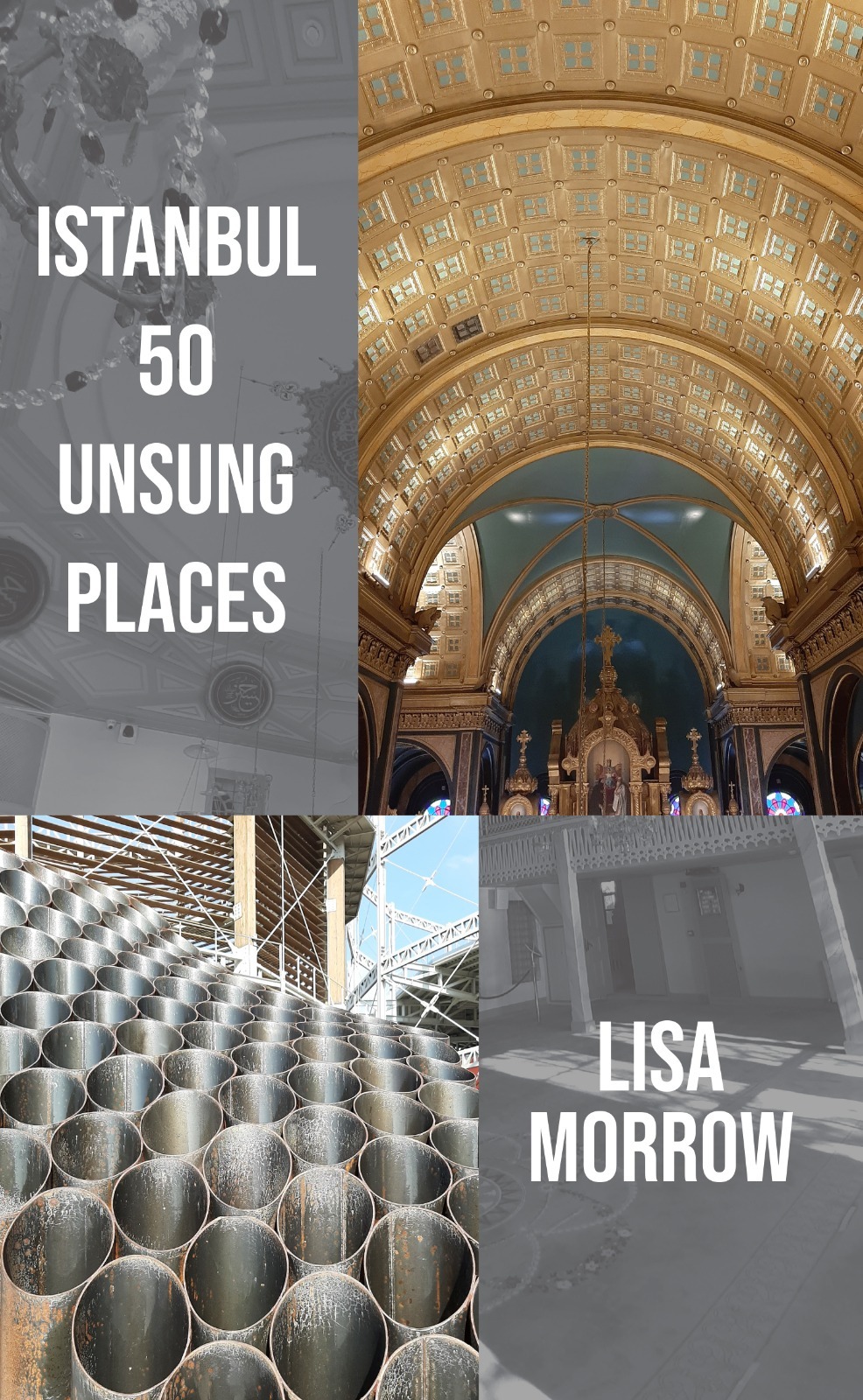
CITY TOURS & DAY TRIPS: Let me guide you around Kadikoy with my audio walking tour Stepping back through Chalcedon or venture further afield with my bespoke guidebook Istanbul 50 Unsung Places. I know you’ll love visiting the lesser-known sites I’ve included. It’s based on using public transport as much as possible so you won’t be adding too much to your carbon footprint. Then read about what you’ve seen and experienced in my three essay collections and memoir about moving to Istanbul permanently.
Browse the GetYourGuide website or Viator to find even more ways to experience Istanbul and Turkey with food tours, visits to the old city, evening Bosphorus cruises and more!
However you travel, stay safe and have fun! Iyi yolculuklar.
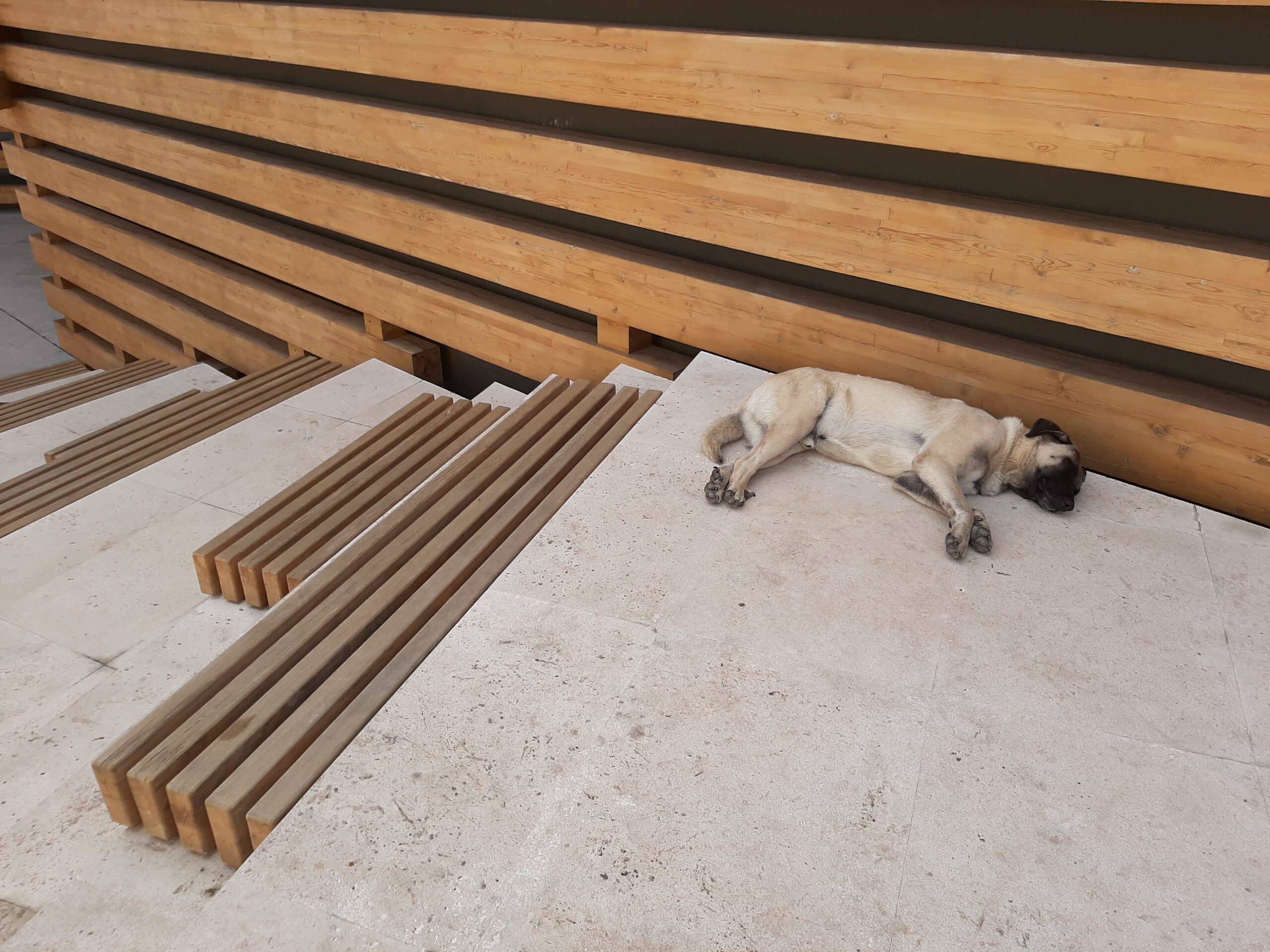
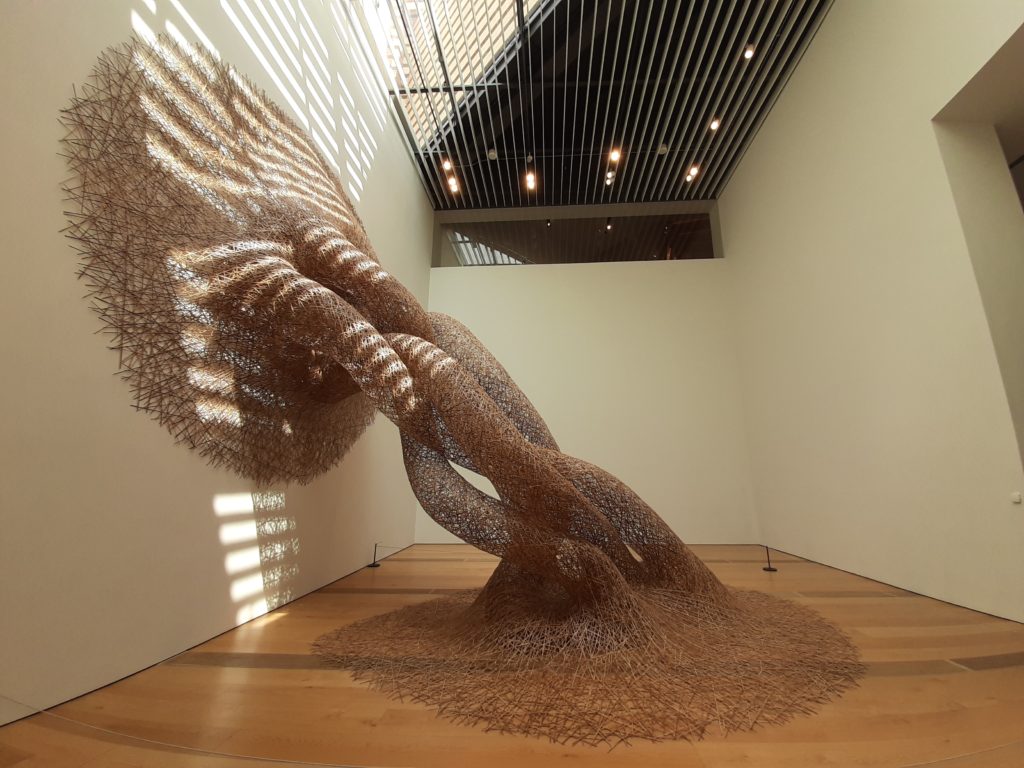
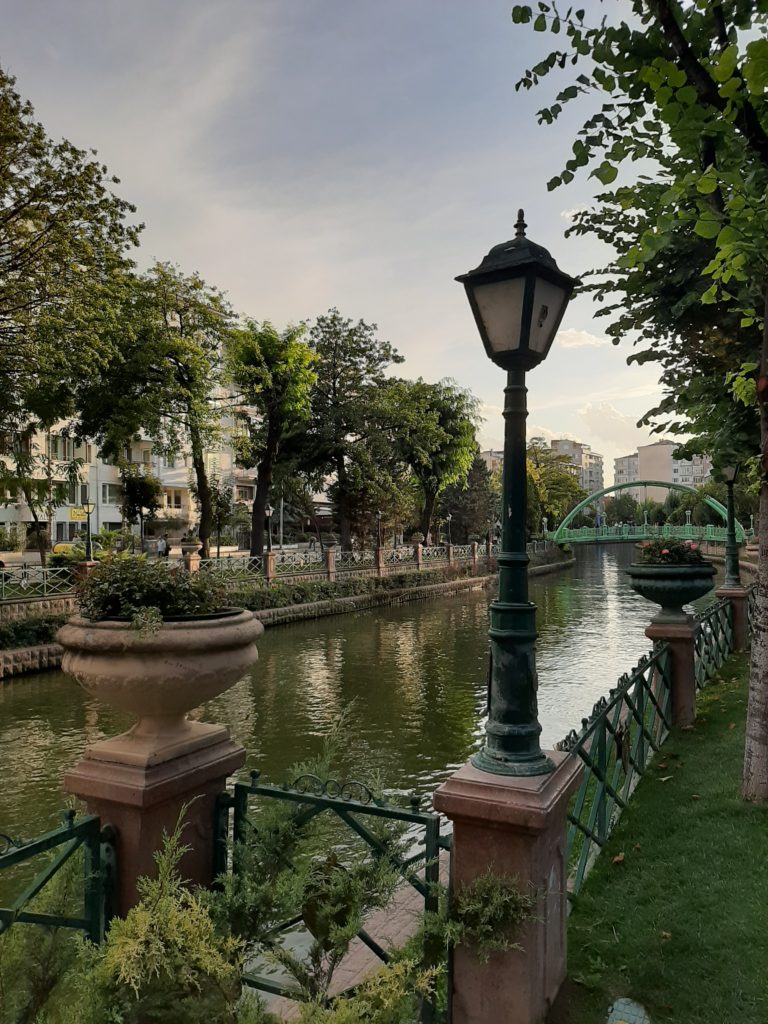
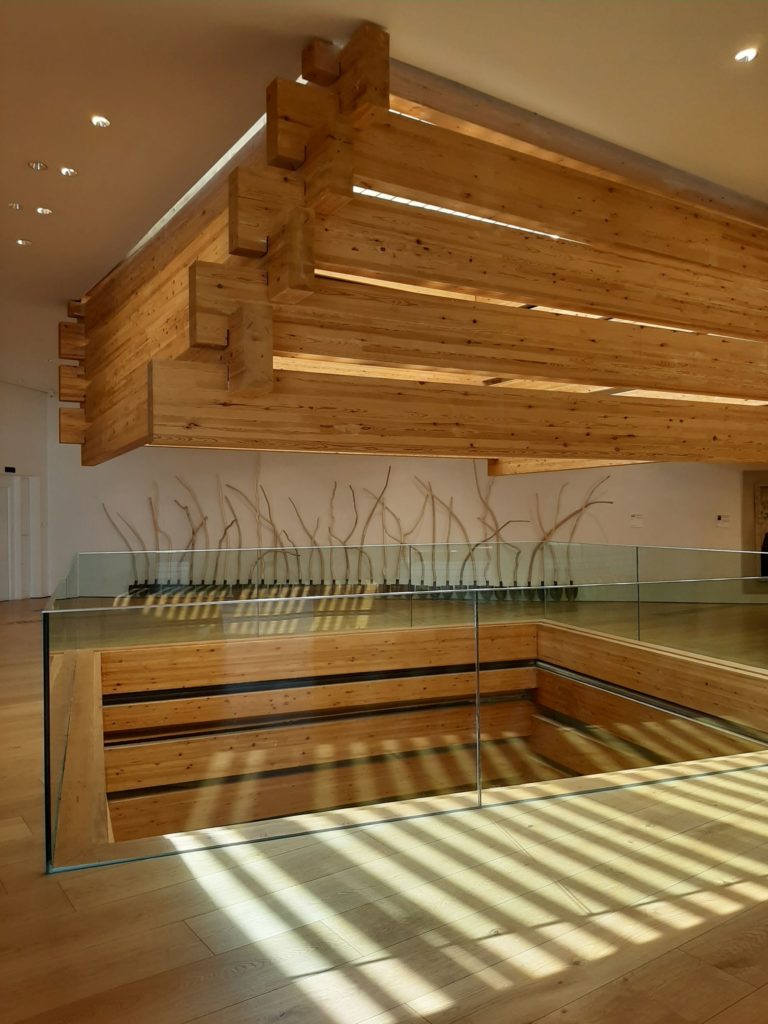
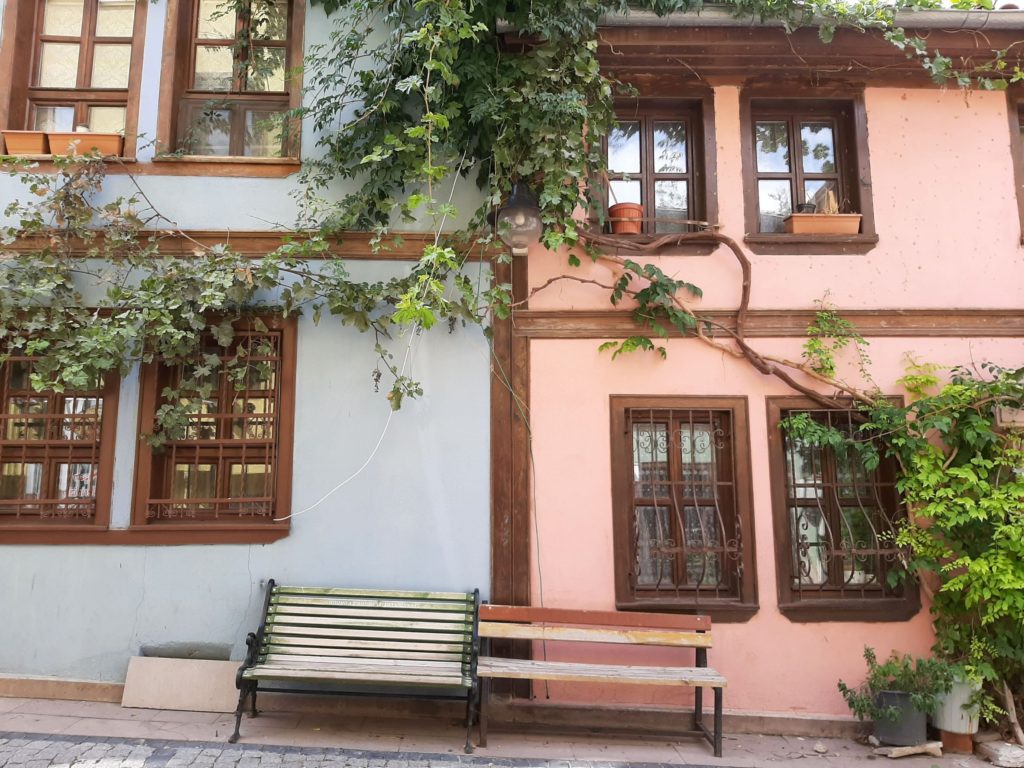
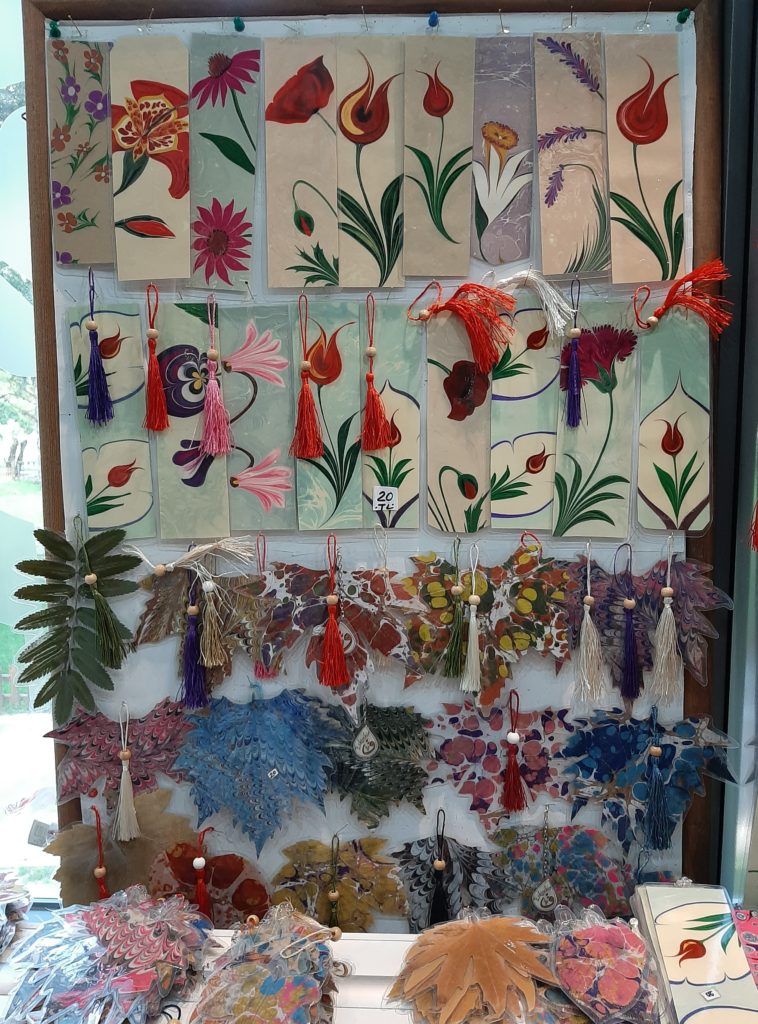
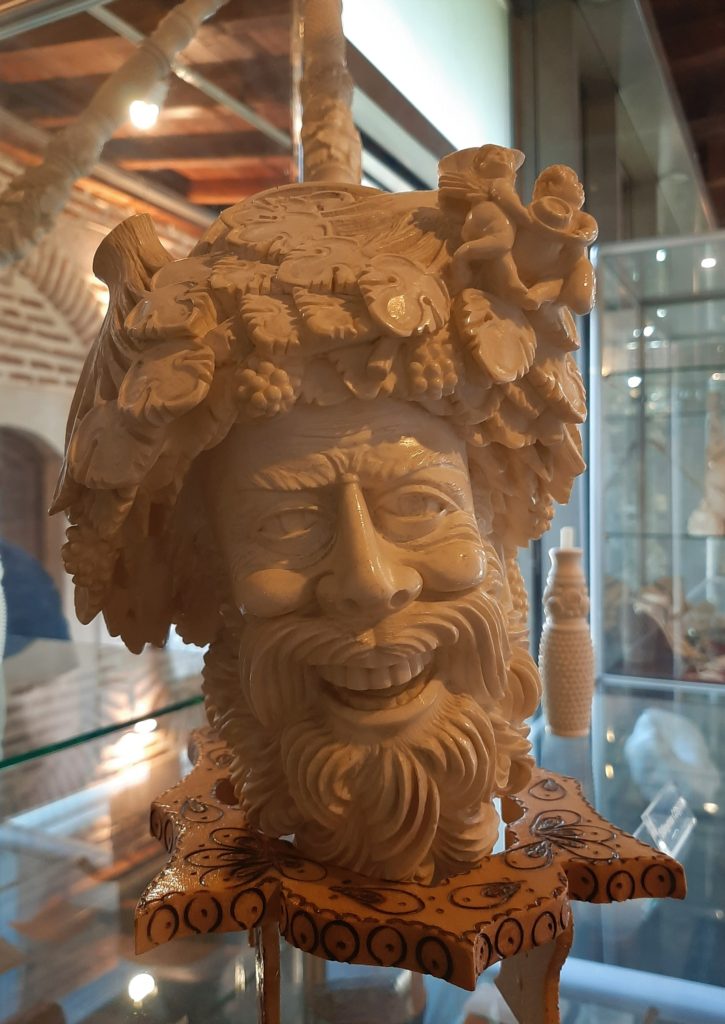
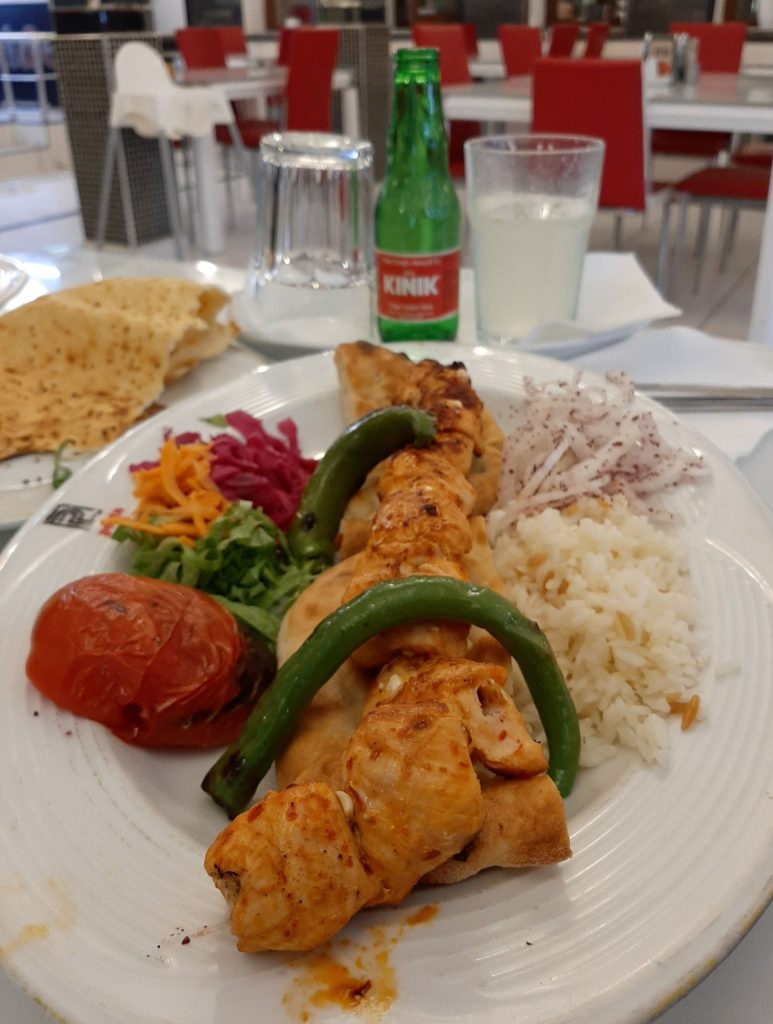
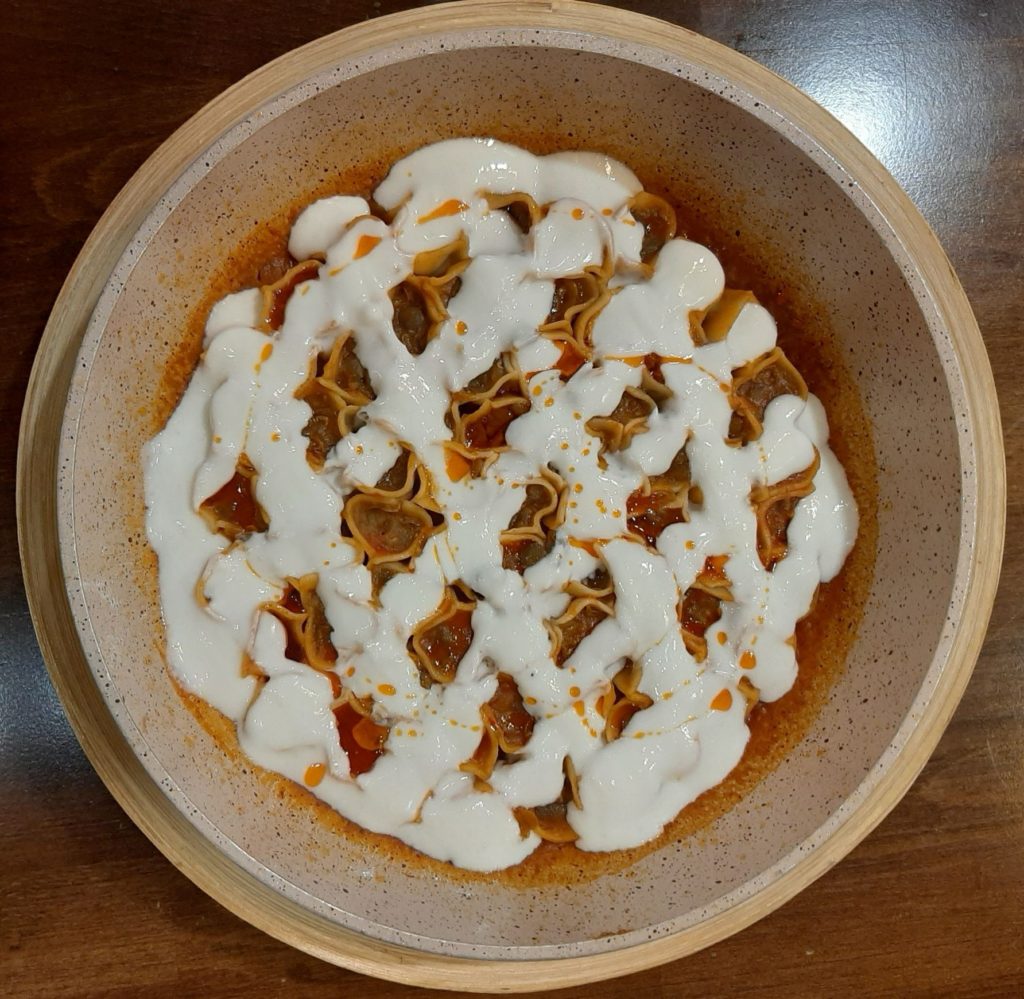
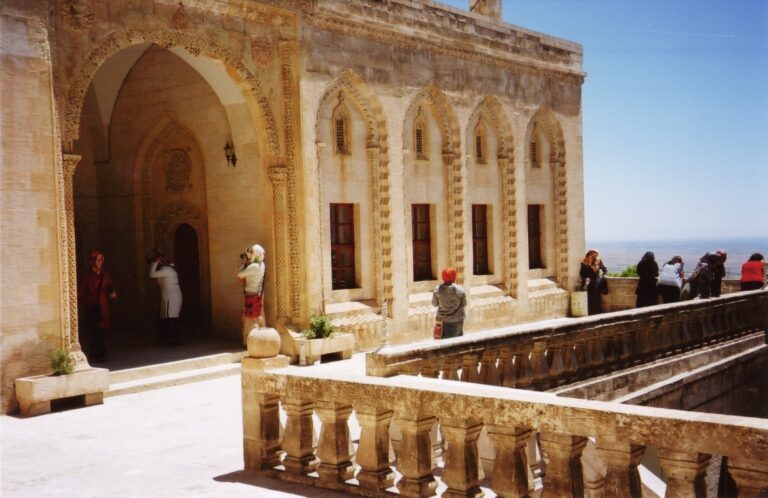
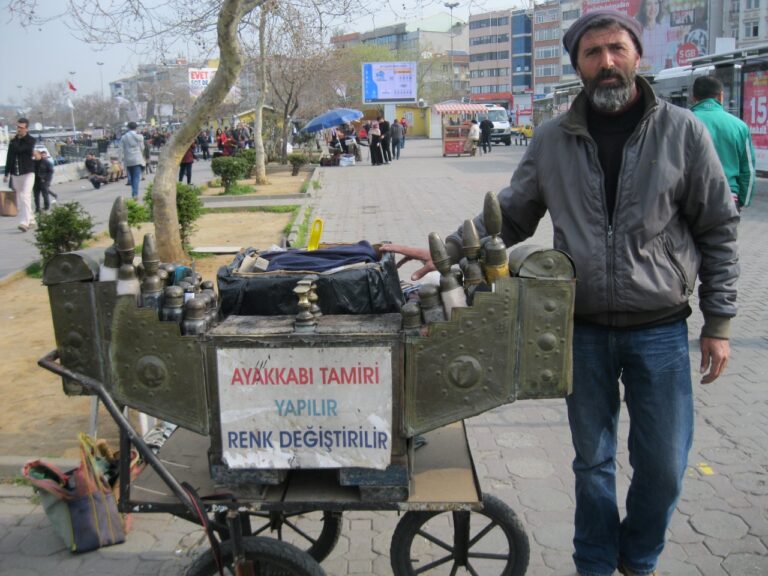
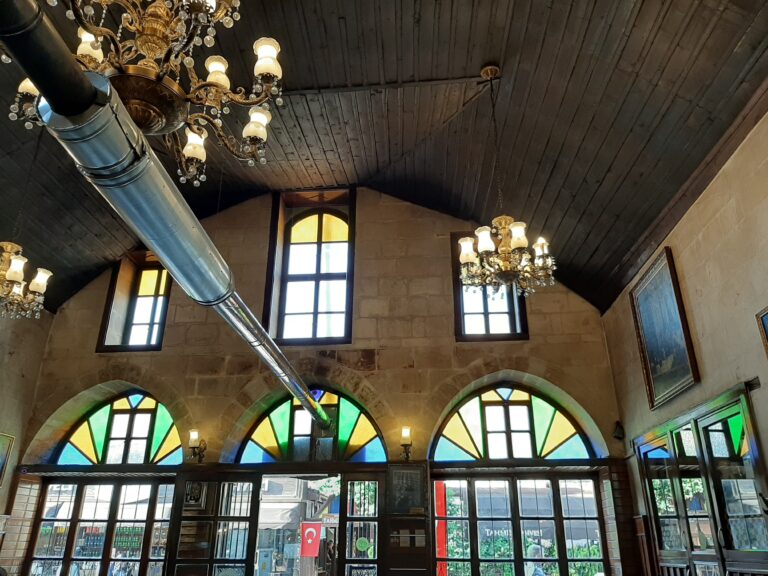
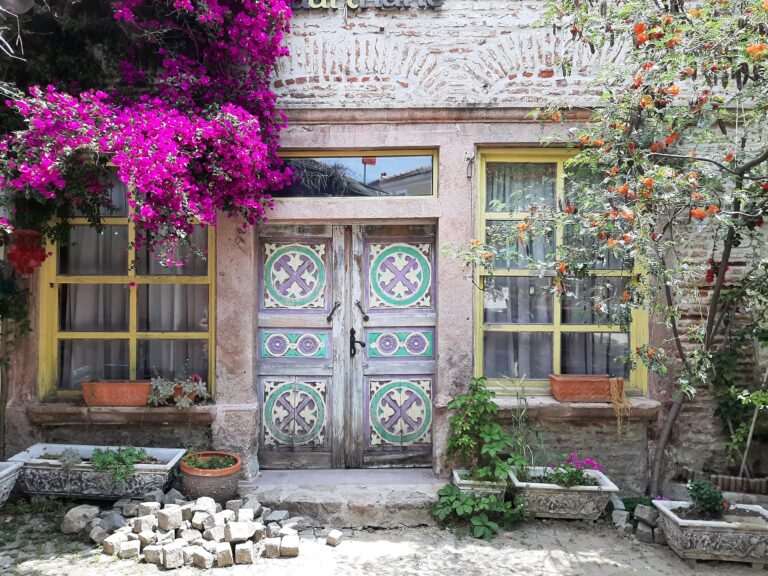
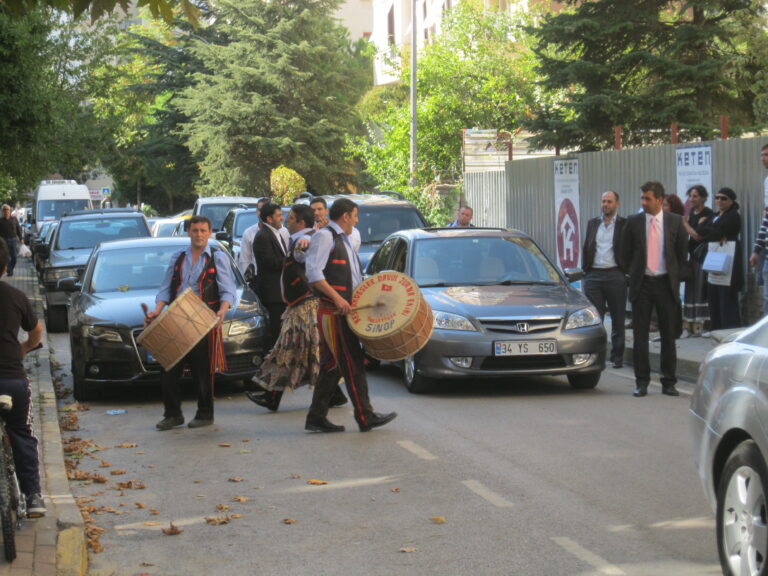
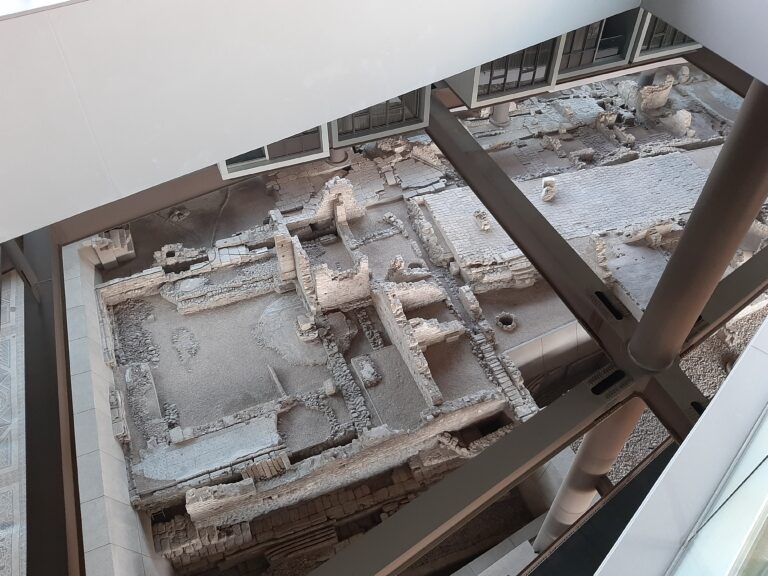
Just got back from my 2nd trip here and it was as good as the first visit. Where the pipe museum is located there is some good artwork next door.
Oh wow, well I need to go to Eskişehir from the Odunpazari round the souvenirs and the food. Sounds heaven and I had no idea that Meerschaum is only found in Turkey. I have long known about pipes from my late father and in Germany particular the south they were a prized possession some being very intricate. Thanks once more for adding to my knowledge of Turkey, and again wetting my appetite for new places to visit.
Thanks for taking the time to read it. I hope you manage to get there.
Hello! I’m from Eskişehir and I think you’ve put effort in your guide. I personally think Ayten Usta is overrated but you gave great tips. I’m glad people are recognizing Eskişehir more.
Thanks for taking the time to write some feedback. I did work hard to make the post appealing. When it comes to food everyone has their own favourite places. I liked Ayten Usta for the overall experience – location, food and service but if I had to go on food alone, Manti Diyari comes out on top. Eskişehir has a lot to offer and is a great trip to take from Istanbul.
Wonderful guide, Lisa! Especially enjoyed the food tips! I never got to Eskişehir during our years of travelling Turkey, though did consider it a few times. Will definitely put it on the itinerary when we ever get back again — if only to try their Çiğbörek! I make chebureki a lot, as did my Russian grandmother, who had fond memories of snacking on it on Black Sea holidays in the Crimea as a child/young woman pre WWII. I didn’t get to eat outside Australia until Moscow 20 years ago when we spotted loads of cheburek take-away places. It’s a hugely popular fast food all over Russia, and apparently in other Balkans/Eastern European countries, but can’t recall spotting it there, or even in Turkey. Probably because I’m always looking for ‘local’ food and must have invisible blinkers when it comes to ‘foreign’ food, even if that foreign food has been absorbed in the local culinary culture. Weird.
(P.S. Will pick up on our last convo soon, just got distracted by family issues I needed to focus on so haven’t been on social media much at all.)
Lovely to hear from you. Yes, the food was wonderful and I would go back to Manti Diyari in a heartbeat. Our perceptions concerning food and what is local and what is foreign is really interesting. I always have to remind myself to look at the food I try in Turkey from the perspective of someone who’s never been here before, otherwise I can overlook really unusual flavours and tastes. I hope your family issues weren’t too serious and have worked themselves out. Take care and talk soon.
Hi Jon, It’s nice to hear from you again. When you get back to Turkey Eskisehir is definitely worth a visit. According to the figures from the Turkish Ministry of Health the number of daily infections is on the wane. They have dropped from around 110,000 per day in February to just under 30,000 per day as of March 10. Although the government has dropped the requirement we wear masks outdoors, people I’ve spoken to will continue to do so, especially if you live in a busy city like I do. The feeling I get is that things are under control but it is safer to keep wearing a mask, wash your hands regularly and maintain social distance as needed. Thank you for the information about meerschaum pipes. While I don’t know what I’ll do with the information, it is interesting to know. Regards, Lisa
Thank you far opening up to me an area of Turkey I had not considered visiting….certainly not by train. I will look forward to replicating your visit. My mouth is watering in anticipation of trying your food recommendations.
What is your assessment of the Covid situation? From here it looks like there is a slightly delayed parallel to what we are experiencing in the USA….still not good but seems to be improving with fewer hospital beds dedicated to Covid patients.
As a former pipe smoker I can tell you that the value of meerschaum is that it is very light weight and porous. Sort of like a sponge on a micro level. The effect of this on the smoke is sort of like air cooling. Over time, the tars and nicotine’s in the tobacco will turn the color of the stone to a darkening brown, again because of it’s porous nature. On the down side, the dirt and oils from your hand holding the bowl as you smoke also get into the stone. For this reason it is recommended that you hold the pipe by it’s stem when you smoke, or use a cloth which is kind of inconvenient. Some people use isopropyl alcohol to clean the outside of the bowl.
This is more than you probably wanted to know about meerschaum. Not advocating smoking, though I did love using these objects of art when I was young.